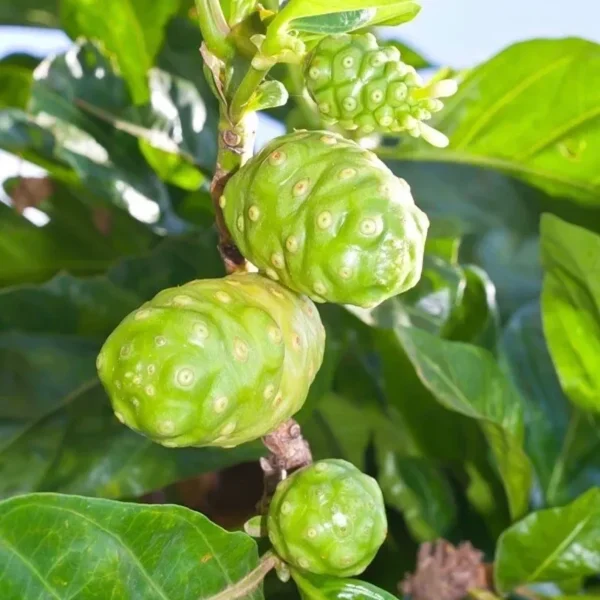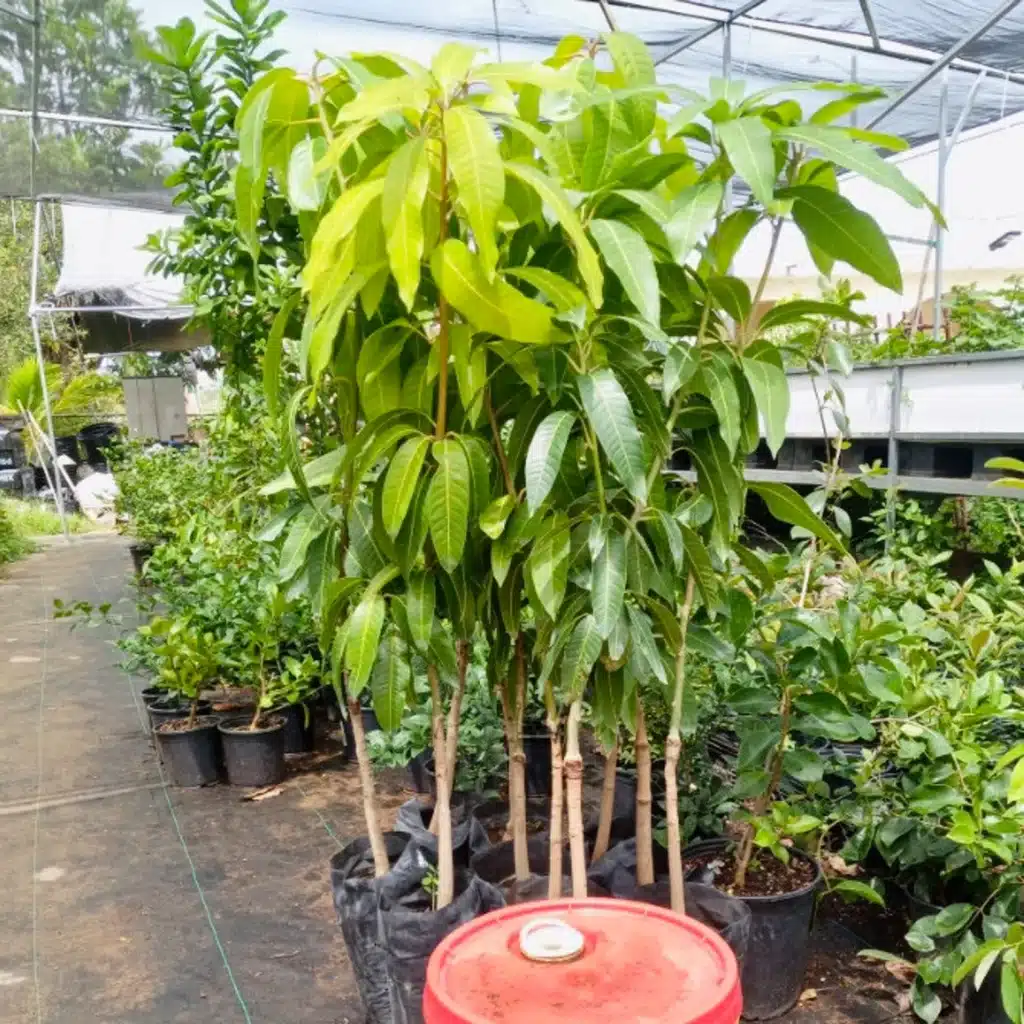Fruit tree care
Fruit Tree Care: A Guide to Growing Healthy and Productive Trees

Fruit tree care
Fruit trees are a great addition to any garden or backyard, providing delicious fruit and beautiful flowers each year. However, in order to produce a bountiful harvest, your fruit trees require proper care and maintenance. Whether you are new to fruit tree growing or an experienced gardener, this guide will provide you with all the information you need to care for your fruit trees and ensure they remain healthy and productive.
Choosing the Right Location and Soil
The first step in caring for your fruit trees is to choose the right location. Fruit trees need well-drained soil, full sun, and protection from wind. When selecting a location, look for a spot that receives at least 8 hours of direct sunlight each day and is sheltered from strong winds. Soil should be well-drained and have a pH between 6 and 7.5. If you are unsure about the quality of your soil, you can have it tested by your local cooperative extension service.
Watering Regularly
Water is essential for the growth and development of your fruit trees. During the growing season, fruit trees need at least 1 inch of water per week, either from rainfall or irrigation. To ensure proper watering, make sure to water your trees deeply, at least once a week, especially during dry periods. Avoid shallow watering, as this will encourage the roots to grow near the surface, making the tree more susceptible to drought stress.
Fertilizing
Fertilizing your fruit trees is important for promoting healthy growth and maximizing fruit production. Fertilize your fruit trees in early spring with a balanced fertilizer, following the instructions on the product label. Depending on the type of fruit tree you have, you may need to fertilize several times throughout the growing season.
Pruning
Pruning is an important part of fruit tree care. Prune your fruit trees regularly to maintain their shape, encourage fruiting, and remove diseased or damaged wood. Pruning can be done any time from late winter to early spring, depending on the type of fruit tree you have. Make sure to use sharp, clean pruning tools to avoid damaging the tree.
Protecting from Pests and Diseases
Fruit trees are susceptible to a variety of pests and diseases, so it is important to check your trees regularly for signs of trouble. Common problems include aphids, scale insects, and fire blight. If you notice any signs of pests or diseases, take appropriate action to prevent or treat the problem. Regular monitoring and prompt action can help keep your fruit trees healthy and productive.
Harvesting
Harvesting your fruit is an exciting part of growing fruit trees. Fruit is ready to be picked when it is fully ripe and has reached its optimal color and flavor. Take care not to damage the tree or other fruit in the process, and harvest the fruit regularly to prevent overloading the tree.
Mulching
Finally, mulching is an important part of fruit tree care. Apply a layer of mulch around the base of your fruit tree to conserve moisture, suppress weeds, and regulate soil temperature. A 2- to 3-inch layer of organic mulch, such as wood chips or leaves, is recommended. Make sure to keep the mulch away from the trunk of the tree to avoid rot.
In conclusion, caring for fruit trees requires time, effort, and attention to detail. By following the steps outlined in this guide, you can grow healthy and productive fruit trees that will provide you with delicious fruit for years to come. Whether you are growing apples, pears, peaches, or any other type of fruit tree, with proper


